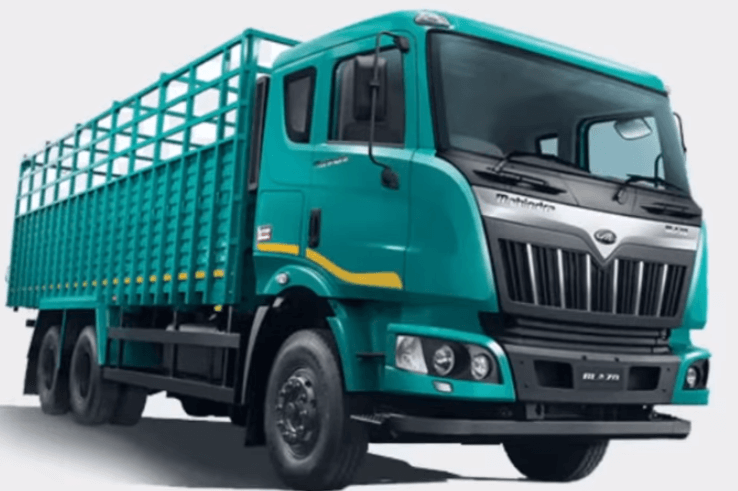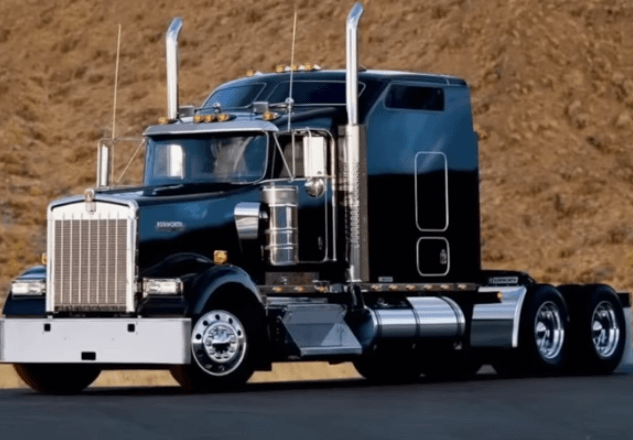Each time you see a big vehicle on the road carrying a heavy load, you wonder, Why are trucks called trucks? Some call them other names like semi-trucks, lorries, trailer pickups, and so on. To answer your question, trucks are called trucks and many other names, depending on the region where you came from. Are you surprised? Yes, you shouldn’t. Truck has many appellations based on country and region in the world.
It is worth exploring what trucks are called in other regions differently from what you know. Isn’t it?
In this post, I will explore the history of trucks, what others are calling them in some other regions, and their versatility. By reading this blog, you will learn why trucks are called trucks and other terminologies used for these versatile vehicles worldwide.
If this interests you and you want to know more about it, stay with me as I get into it.
Why are trucks called trucks?
According to Wikipedia, the word truck was first referred to as the small, strong wheels on ships’ cannon carriages in 1611. It comes from the Greek word trokhos, which means wheel. This sheds light on the fundamental nature of trucks, which are vehicles equipped with wheels that are used for carrying heavy loads.

Imagine you’re strolling down the street and you see these massive vehicles carrying loads of goods from one place to another. You will like exploring their root, history and how they came to be.
The first thing that will come to mind is those sturdy carts pulled by horses back in the day before we had those sleek, modern trucks we’re accustomed to. Yeah, I’m talking way, way back. These carts were used to transport heavy loads, kind of like the trucks we have today.

The name trucks was derived from the movement of train car wheel assemblies known as trucks. This term is still used in the railroad industry today. The modern usage of the word truck can be traced to a long, flat wagon without a side running on four low wheels. This original concept has since evolved into the diverse array of trucks we encounter daily, from pickup trucks to semi-trailers and everything in between.
This will lead our discussion to what trucks are called in other regions. It depends on where you are from, whether it is called a tractor semi-truck truck prime mover Lorry, 18-wheeler, or big rig. For instance, if you are from the United States, you call these vehicles semi-trucks or semis. This name comes from how much larger these trucks are than most other vehicles on the road.

What this name means is a half truck or partial truck. Although it may seem a little misleading because the semi-truck part of the name has nothing to do with the size of the big rig but everything to do with what the truck is pulling behind it, the tractor unit that pulls the semi-trailer is usually referred to as a truck or tractor and typically has three axles with one steering and two drive axles. A semi-trailer has that name because it doesn’t have a front axle and therefore isn’t the same as a trailer, which does.
In the United Kingdom, a semi-trailer truck is known as an articulated lorry. The name Lori came from an older form of English meaning to pull and was first applied to trucks on the railway in 1838. Englishmen often referred to large horse-drawn goods wagons and big flat wagons as lorries. These vehicles were typically used as rail transport vehicles during those times, as more trucks took to the road than rail and each truck was independent.
The name Laurie was used in those days to refer to those things pulled by an engine in front. The term is used not only in the United Kingdom but also in countries such as Ireland India Singapore and Malaysia. before a truck can be classified as a lorry, the cab and the cargo-carrying part of the vehicle must be distinct and separate from each other.
Our journey into why trucks are called trucks took us to Europe. The Europeans call trucks 18-wheelers or tractors. What I understand from my research is that each country has different names depending on how many axles the trailers and trucks have. Depending on the type of truck and trailer, the most common combination used in Europe is a tractor with two or three axles and a cargo trailer with three axles. This combination is perfect for the weight limit of 40 to 44 tons that many European countries have.
The Nordic countries, like Finland Sweden and Norway, have much heavier weight limits of both 76 and 90 tons All trucks in Europe are Cab-overs designed to carry as much cargo as possible since the length rules apply to your overall vehicle length and not just your trailer length as in the United States

Australia refers to trucks as prime movers. It is called the prime mover because it is the source of the motion and the one who moves the cargo. The most popular configurations of prime movers generally have dual drive axles and three axles on the trailers, with four tyres on each axle. Australia has the longest and heaviest road-legal road trains in the world, weighing up to 200 tons. In a situation where a prime mover hauls three, four, or even five semi-trailers, it is referred to as a road train.
This is so because Australia’s rail system is not sufficiently developed, and it is typically faster and more efficient to transport your goods by road train. However, strict regulations regarding license registration weights and experience apply to all operators of road trains throughout Australia.
By and large, I have been able to scratch the surface of why trucks are called trucks and other names in some counties and regions. You can read more about it to satisfy your curiosity.
Lorry vs truck vs van
The topic of discussion will lead me to touch or compare the three related vehicles that serve a similar purpose. Lorry, vans, and trucks—there is one thing common among the three, which is haulage. They are used to carry heavy loads from one place to another. They are used to transport cargo across the country. It’s a motor vehicle designed to transport freight, embracing various sizes and configurations. The phrase “HGV” (heavy goods vehicle) is often used interchangeably with a truck in another region.
The distinction between them is that truck and lorry are used interchangeably depending on the region; they mean the same. For instance, in the United States, trucks are known as semi-trucks or trailers, as explained above. while in the UK, a truck is known as an articulated lorry. Other regions have different names for this versatile vehicle, as duly discussed above.
A van, on the other hand, is a bit smaller than a truck; it can be compared to a pickup. A van is used to carry heavy loads from one place to another but does not have the capacity of a truck. While a truck is a massive road warrior, a van is a more compact counterpart, perfect for smaller loads and urban manoeuvring. It’s a versatile vehicle, fitting snugly into the spectrum between the lorry and the truck.

With the above comparison, you can now understand the distinctions between a truck, lorry, and a van. They serve as various options to choose from as the right vehicle for your cargo needs. Each plays a unique role in the symphony of transportation, ensuring goods reach their destination smoothly.
You can also read: What’s the difference between a truck and a truck? Expert analyses.
As you reflect on the fascinating journey we’ve taken together, I invite you to share your thoughts in the comment section below. What do you call a truck in your country? Don’t forget to subscribe to my newsletter for more captivating content on the world of automobiles. Until next time, keep on reading!

With Over 7 years of experience dealing with car owners as a car lease agent, I have gained matchless car knowledge to help every car owner know what exactly is wrong with their cars.



